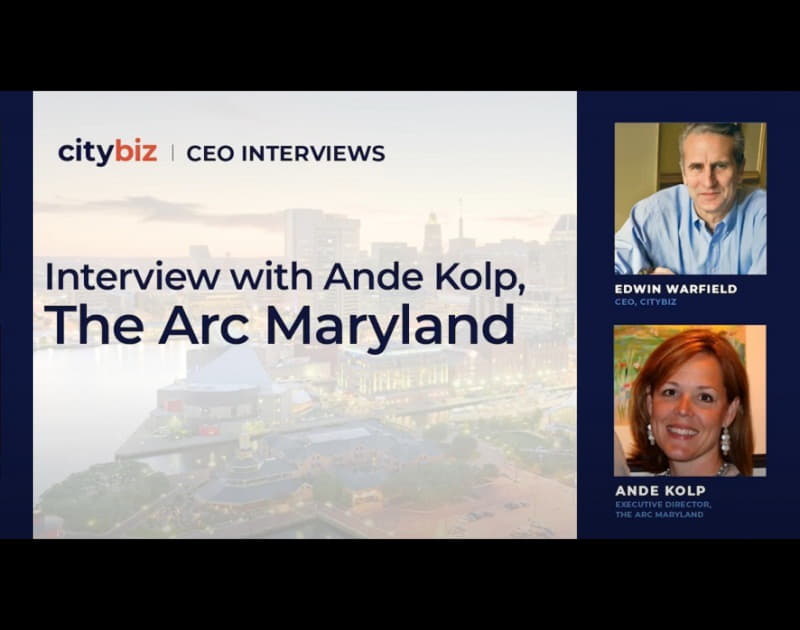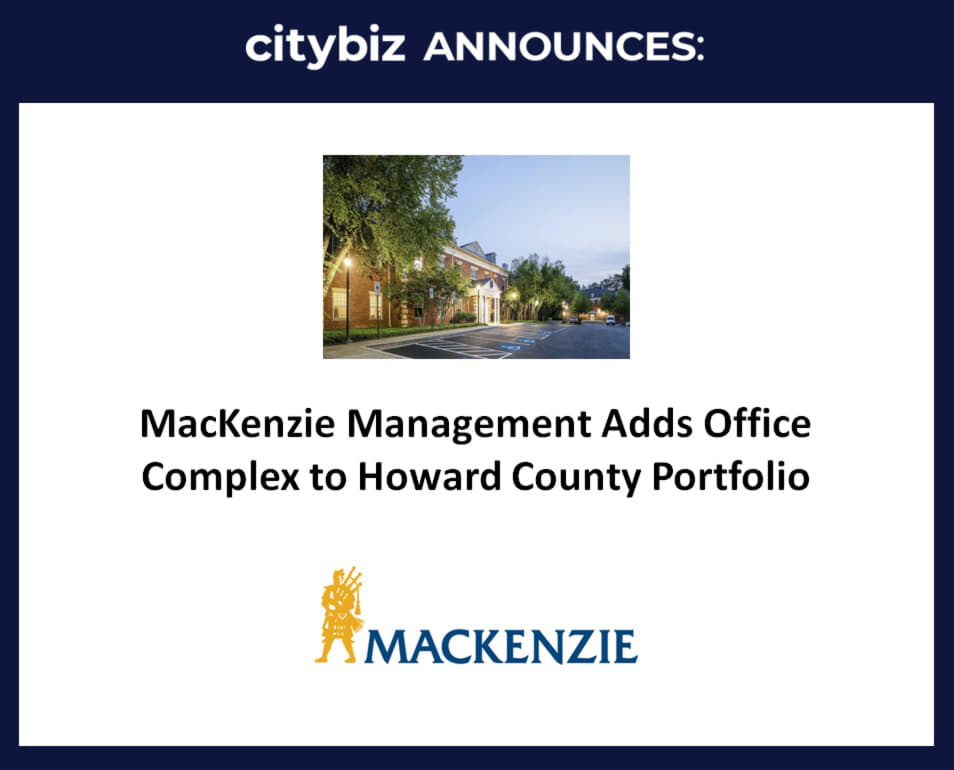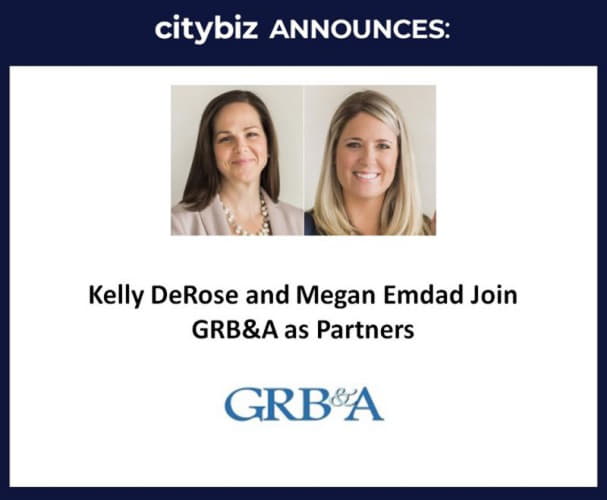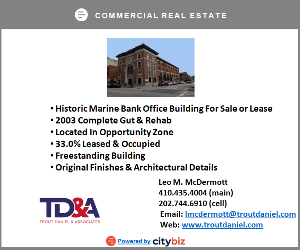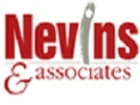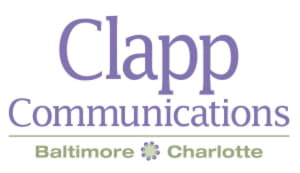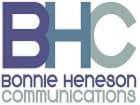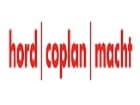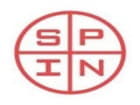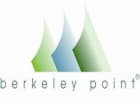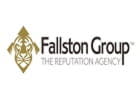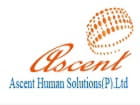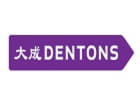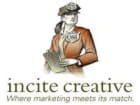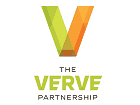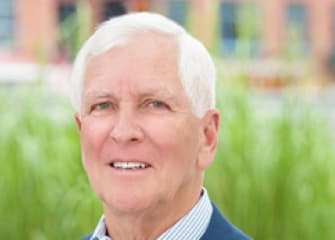
Ben Schapiro
Click here for Part I, Part III & Part IV
Ben Schapiro probably knows all there is to investment, and then some more. Last year, QuestMark Partners’ founder partner completed 50 years in a career that has spanned institutional, international and private clients, real estate, corporate finance, M&As and venture capital.
Armed with a degree in economics, Schapiro started his career in 1966 at Robert Garrett & Sons, which later merged into Alex.Brown & Sons. In 1998, he left Alex.Brown to cofound QuestMark, focusing on expansion-stage venture capital. Over the past nearly 20 years, the Baltimore firm has invested nearly a billion dollars in 61 companies, closed on six IPOs and 28 M&A events, and now plans a fifth fund later this year or early next year.
Typically, the Baltimore firm invests in young companies with revenues of between $5 million and $50 million, and a proven technology or product. It then gets closely involved with the product before wringing out juicy returns. It is extremely choosy in its investments and has a rigorous process that ends in a mere 2.5% of startups being offered a term sheet.
In an interview with citybizlist’s Edwin Warfield, Schapiro recounts his career, starting at $5,000 a year, what not working on Wall Street did to his integrity, and the QuestMark investment window. He also spoke about recent investments, one alongside Microsoft and Kleiner Perkins in InsideSales at a valuation of $1.5 billion, and the impending launch of QuestMark’s fifth fund.
EDWIN WARFIELD: Can you describe the primary characteristics of the companies that you invest in? Can you define the so-called QuestMark Investment Window?
BEN SCHAPIRO: Back to Alex.Brown and Robert Garrett, we were always really focused on doing the right thing, of putting the client first. That was one of our mottos. When we set up QuestMark, I studied venture capital funds with the Cambridge Associates people, probably looked at 40 funds and we tried to create what we felt was the fairest fund to the investors, both in terms of economics and governance. When we started we started with a 1.5% fee, we had an 8% preferred return that the investors would have to get before we got our capital back and earned our carried interest and we managed to keep our organizational expenses low. We managed to keep our accounting and auditing expenses low because all of these things came out of the investor’s pocket, so the investor was clearly put in a preferred position.
The second criterion was to try to generate so much deal flow that we could be selective. I call it a baseball expression, waiting for that fat pitch, and I think we were successful in building up all of these deal flow relationships so that we could be selective, and we probably invested in one or two percent of the companies that qualified as late stage companies.
Getting to the investment criteria, what we sought to do was invest in companies that had commercial customers and revenues where the technology was proven and it was proven by customers who had bought their products and the customer calls were very important to us as part of that due diligence process. The other thing we tried to do was to find companies that had created a product or a technology that did not exist elsewhere. We were not going to try to find a company coming up to be the next Microsoft so, Invisalign was a good example of that. These two kids at Stanford created the invisible braces. There was nothing else like that in the market, there is nothing like it today, that was in 1999 and that has created a winner. When we invested in Speechworks, which was speech recognition there was one other company called Nuance that was in that business on the West Coast. Speechworks was on the East Coast and I think we made 5.9 times our money because we were in a company like that. We then invested in a company called E-Health Insurance based in California and E-Health Insurance dominated health insurance on the Internet for consumers and that company still exists. It is a public company today and we made about five times our money.
We do not always get it right we have had some losers but we try to get it right by finding a company that has a product or a technology that becomes dear either to the IPO markets or to a buyer because nobody else has that. In terms of deal sourcing originally we were fortunate that some of the really good early stage venture capital firms liked us and would come to us with companies when they needed late stage financing. Kleiner Perkins was important in those days, Domain Associates in the healthcare space, Lightspeed Partners but all of the ones that were recognizable.
We had a great relationship that Tim Krongard developed with Intel Capital, which is really the largest venture capital investor in the world and they had a special relationship with 12 or 15 venture capitalists, we are one of them, and they have produced some great wins for our portfolio bringing us into transactions.
EDWIN WARFIELD: Fund 2 closed in 2003 but Vapotherm remains.
BEN SCHAPIRO: Fund Two was launched in 2003 it was a little larger than Fund One, $233 million and people had recognized the success in Fund One, we went on to invest that also in 17 companies that is just coincidental. That fund did not do as well as Fund One, it was a tough market environment, it will be probably a break-even fund, maybe slightly positive. We have one remaining company in that fund. It was a Baltimore company at that time we invested called Vapotherm and they will probably go public or be sold in the next 12 to 18 months and that will determine the end of that fund and the returns.
Connect with Ben on LinkedIn
Sponsored by:

WMS Partners was founded in 1993 on the principles of providing our clients with the same level of service that a Chief Financial Officer (CFO) would dedicate to a successful corporation. As your advocate and central point for financial affairs, we work proactively with your service providers, including accountants, attorneys, consultants, insurance professionals and philanthropic advisors.
We are large enough that we provide exposure to many unique ideas and strategies in the investment, estate, tax, financial advisory and risk management arena; but small enough to provide discreet individualized guidance.


Edwin Warfield, CEO of citybizlist, conducts the CEO Interviews.
If you're interested in reaching CEOs, please contact edwin.warfield@citybuzz.co
Connect on LinkedIn


